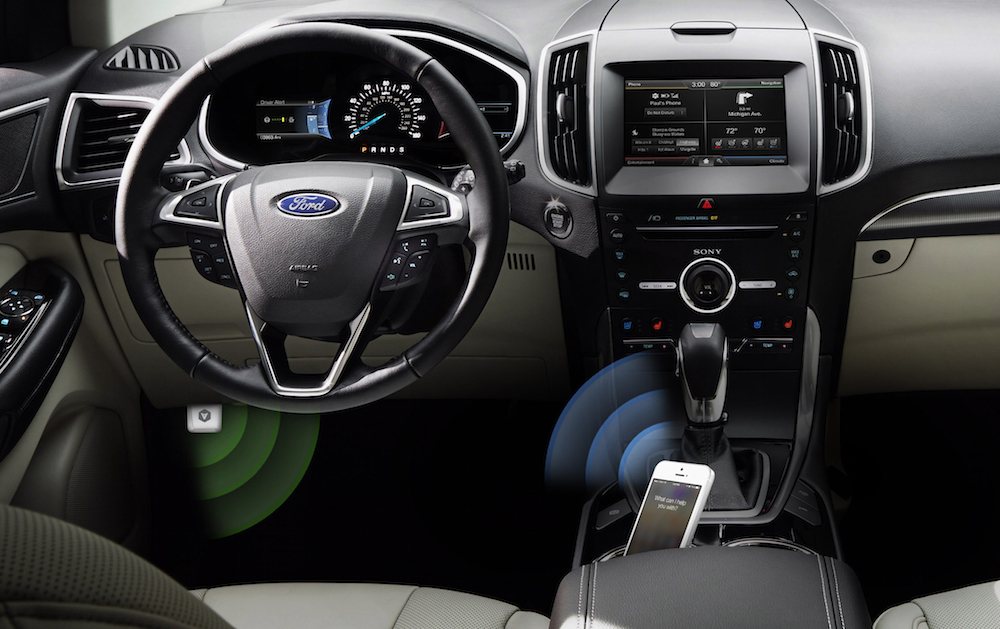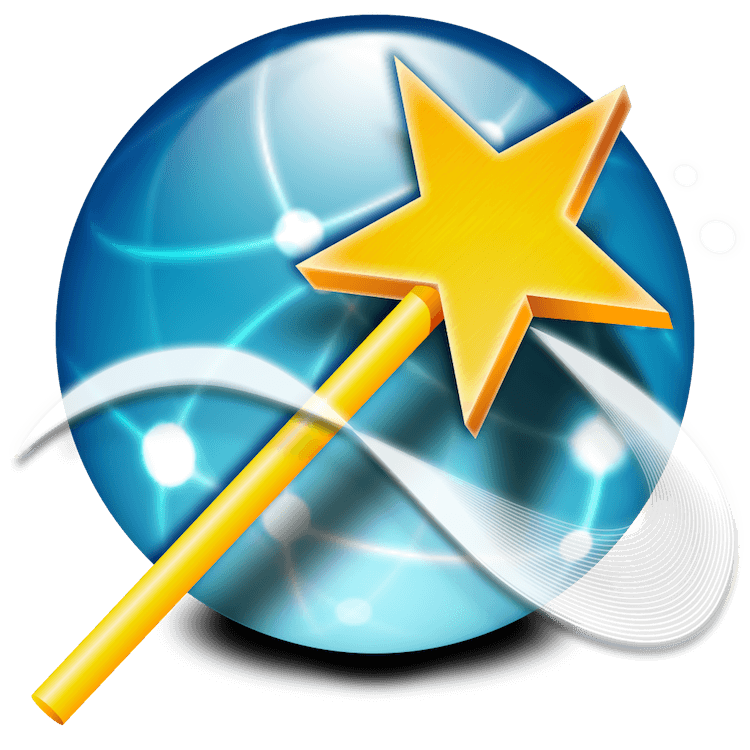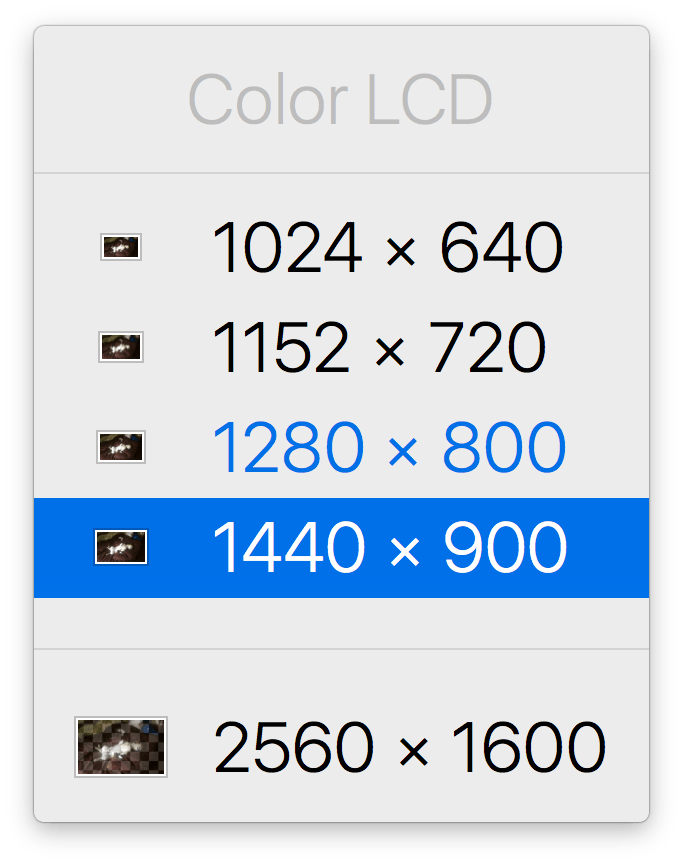Apple today announced that it will host an Apple Music Festival at London’s Roundhouse for ten nights running from September 19 through to September 28. Headlining the festival will be performances from Pharrell Williams, One Direction, Florence + The Machine and Disclosure.
“We wanted to do something really special for music fans this year,” said Eddy Cue, Apple’s senior vice president of Internet Software and Services. “The Apple Music Festival is a greatest hits set of ten unbelievable nights featuring some of the best performers on the planet appearing live and interacting directly with their fans on Connect and Beats 1.”
The performances will be broadcast live and on-demand on Apple Music, iTunes and through the Apple Music Festival channel on the Apple TV. Apple is also promising coverage on Beats 1, and “backstage news and footage” on Apple Music Connect.
You can learn more about the Apple Music Festival in Apple Music on your iOS device or in iTunes. Additionally, for those who live in the UK, you can apply to win tickets to the Apple Music Festival.
The event was previously called the iTunes Music Festival which Apple has hosted at the Roundhouse since 2007. Unlike in previous years where the event usually ran for an entire month (September in recent years), this year’s festival run has been shortened to ten nights.








